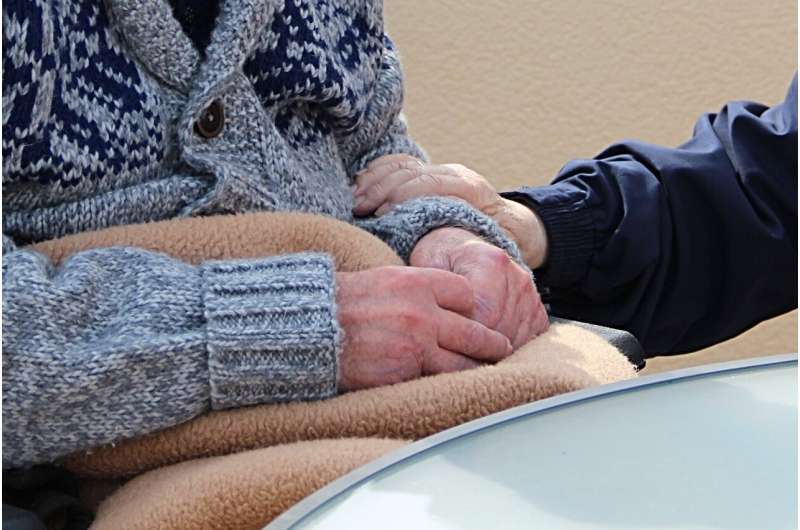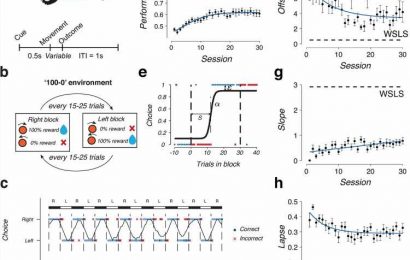
A study published today in the American Journal of Infection Control (AJIC) reveals that many home infusion therapy (HIT) staff receive no formal training on how to perform central line-associated bloodstream infection (CLABSI) surveillance. The study, conducted by researchers from Johns Hopkins University, also identified specific training barriers that should be addressed to improve infection surveillance in this rapidly growing healthcare space.
“There was a 300% increase in patients receiving HIT in the United States between 2008 and 2019, and many of these individuals are at risk for CLABSI,” said Sara C. Keller MD, MSHP, MPH, Johns Hopkins University School of Medicine, and an author on the published study. “Appropriate, accurate CLABSI surveillance to understand rates in the HIT setting is necessary to drive prevention efforts.”
Infection prevention and surveillance training approaches have not been well defined in the HIT setting. Additionally, most HIT agencies do not employ dedicated, trained infection preventionists or devote sufficient resources to CLABSI surveillance activities, due in part to lack of funds and lack of mandated reporting of healthcare-associated infections (HAIs) in HIT.
HIT involves the administration of medicines through a catheter. CLABSIs are serious infections that can occur when bacteria enter the bloodstream through central line catheters. According to the CDC, of patients who get a bloodstream infection from having a central line, up to 1 in 4 may die.
Keller and colleagues conducted qualitative interviews with 21 home infusion staff from five large HIT agencies covering 13 states and Washington, DC. Questions posed to the staff—all of whom perform surveillance activities—focused on their surveillance training, barriers to and facilitators for CLABSI surveillance, and barriers to training in CLABSI surveillance.
Researchers found that many HIT staff who perform surveillance received no formal training on CLABSI surveillance. Study participants described instead a range of informal training experiences that included learning on the job (even from similarly untrained co-workers), relying on prior experience, and attending conferences. Participants also highlighted three primary barriers to HIT CLABSI surveillance training: Lack of learning resources such as user-friendly toolkits that accommodate high workload and time pressures; lack of awareness of professional development resources available to them; and lack of formal training provided by their respective organizations.
“These findings illustrate that there is a great need for infection prevention personnel and expertise in HIT,” said Patricia Jackson, RN, BSN, CIC, FAPIC, 2023 APIC president. “This information should prompt a concerted effort to implement formal infection prevention and surveillance training for HIT staff, including the development and deployment of training tools specific to the HIT setting.”
More information:
The Need to Expand the Infection Prevention Workforce in Home Infusion Therapy, American Journal of Infection Control (2023). DOI: 10.1016/j.ajic.2022.11.008
Journal information:
American Journal of Infection Control
Source: Read Full Article


